
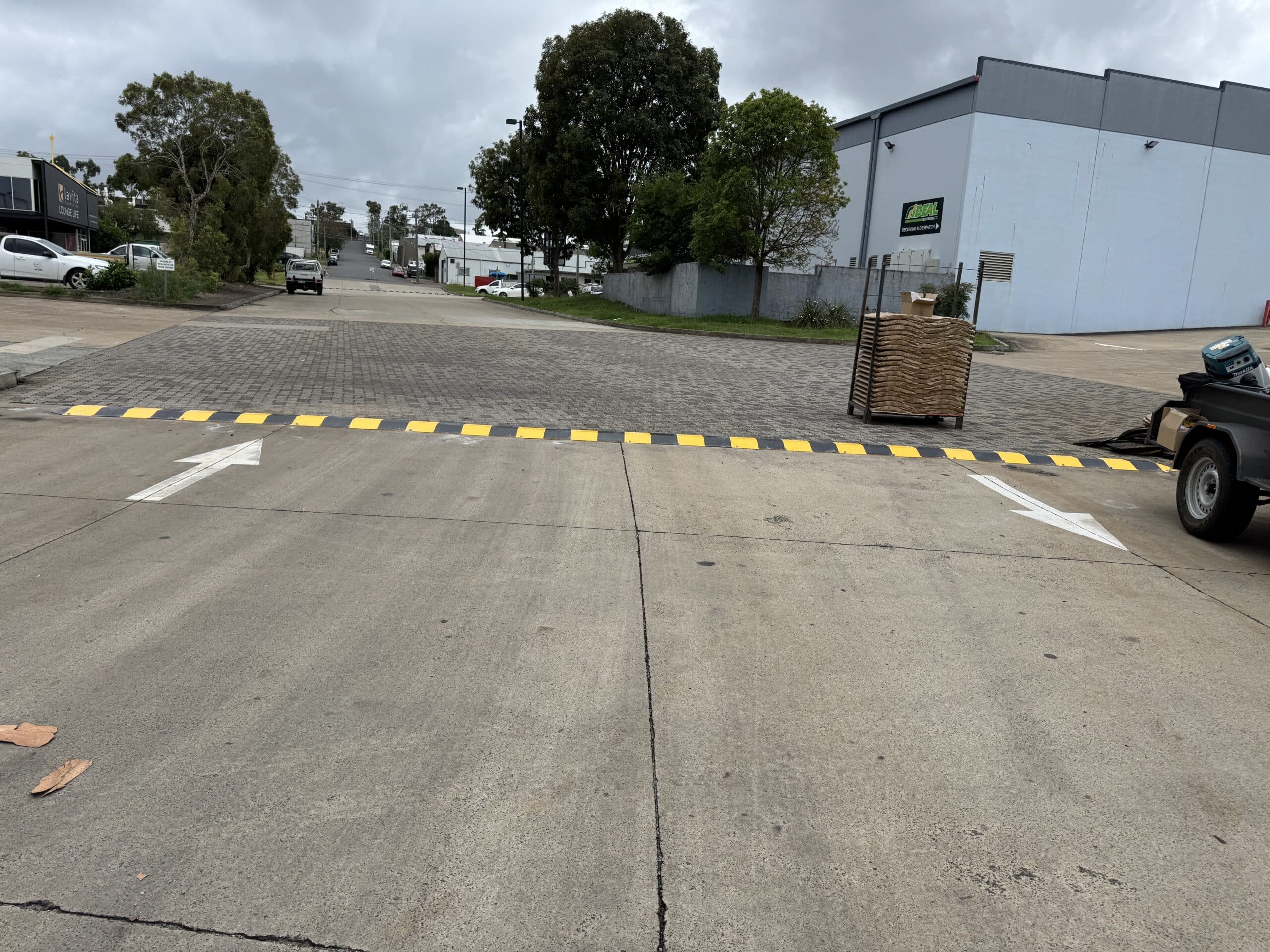
Car Park safety is a legal requirement. Shared car parks and driveways are accidents waiting to happen for body corporates managing residential estates. One scratch on a vehicle, injury to a pedestrian, or near miss can quickly escalate into an over $10,000 claim. The good news is that an on-site audit will prevent most of these events.
This guide provides you with what to include in your Body Corporate Safety Audit, the car park area specifically, if you are making a formal report to the committee or if you simply want peace of mind.

Start with a walk-through. Take note of:

Anywhere people and cars cross paths is a potential incident waiting to happen. Focus on:
📍 Checklist:
☐ marked pedestrian paths
☐ No obstacles encroaching paths
☐ Visible crosswalks
☐ Safe access to shared facilities
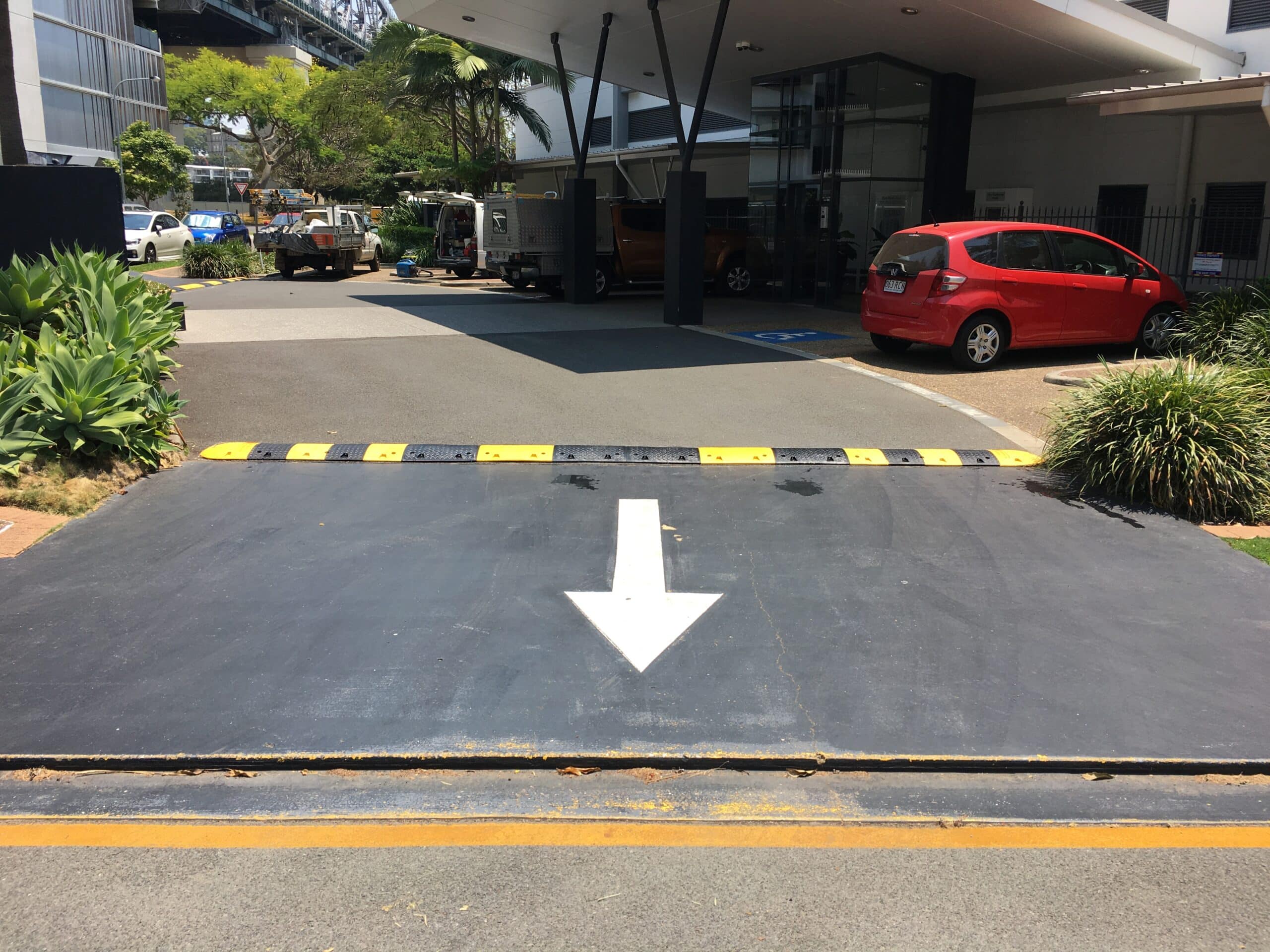
You might have signage, but if no one’s slowing down, it’s not working. Assess:
💡 Did you know? Flat-top speed humps are preferred in shared driveways because they slow traffic without causing driver frustration—which is essential for resident retention.
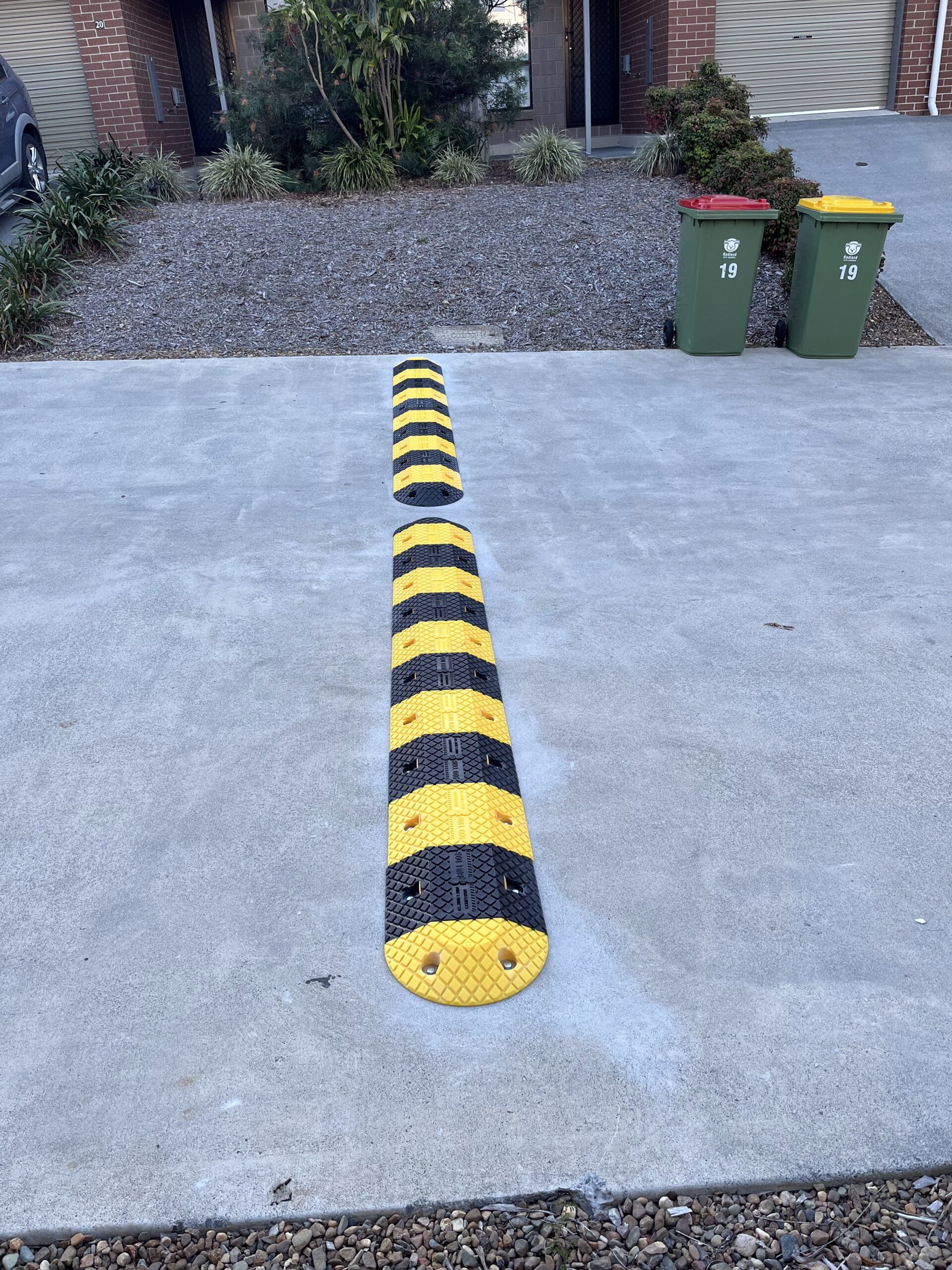
Next, identify pinch points and vision barriers:
🔍 Example hazard: A delivery driver exiting a garage can’t see a child walking past a fence until it’s too late. These are the kinds of preventable risks an audit should flag.
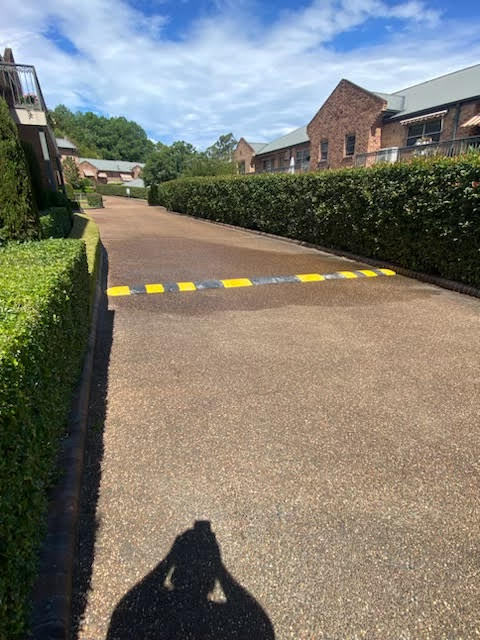
An unclear arrangement makes people hesitant, and hesitancy leads to mishaps.
Are fire lanes clearly identified and maintained free of obstructions?
Observe any inconsistent or missing signage. This easy and inexpensive solution can eliminate confusion and complaints.

Check the safety and compliance of all bays:
🛑 Tip: If your wheel stops are cracked or misaligned, note that replacement costs are low—especially compared to a pedestrian injury claim.
The most dangerous areas are often the entries and exits:
⚠️ Consider installing a short row of rumble strips before entry gates to alert incoming drivers.
Even the best intentions don’t mean much if your layout doesn’t meet basic standards.
📁 A good audit will reference applicable AS/NZS standards, especially for line marking widths, signage height, and wheel stop placement.
Your residents are . If you’re hearing your eyes and ears, Hearing complaints about the same issue—take it seriously.
📣 Include a section in your audit summarising recent complaints. It shows the committee that you’re listening and acting proactively.
Don’t just report the problems—suggest solutions. Include:
It is good to recognize the risks, but action is the key. Don’t leave yourself at risk, put everything it in writing and show these issues with photographs, standards documents, and suggested repair, then create an action plan. Ensure the residents are being safeguarded, complaints being avoided, and the committee is being shielded from liability.
If you’d like to help review your car park or need professional installation of safety upgrades like speed humps or rumble bars, Speed Humps Australia can assist with both inspections and installation.

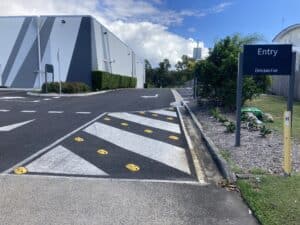

For 10 years, our focus has been on one thing: to provide one style of product and to do it well.
Our wheel stops, speed humps and rumble bars meet Australian Standards, don’t fade, and we’ve never needed to replace one.

For 10 years, our focus has been on one thing: to provide one style of product and to do it well.
Our wheel stops, speed humps and rumble bars meet Australian Standards, don’t fade, and we’ve never needed to replace one.